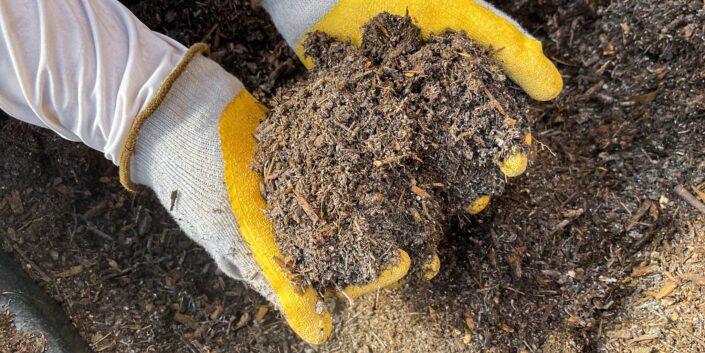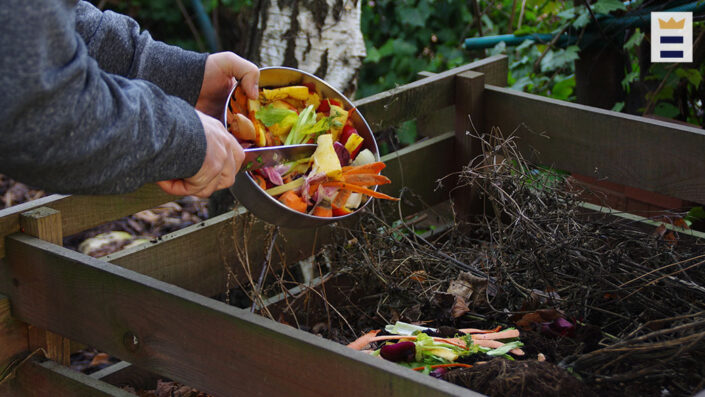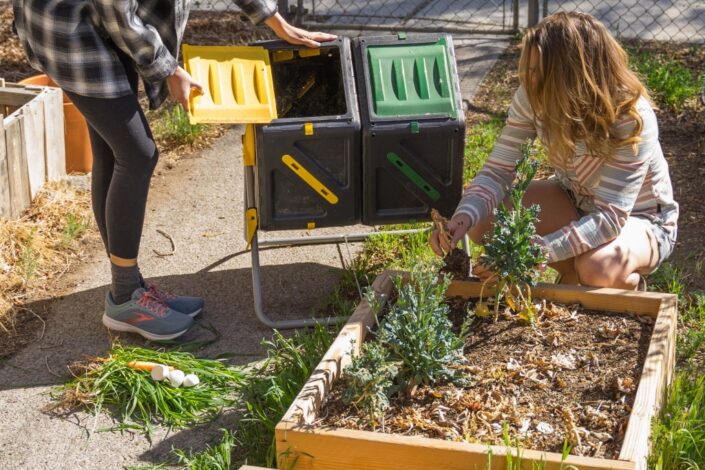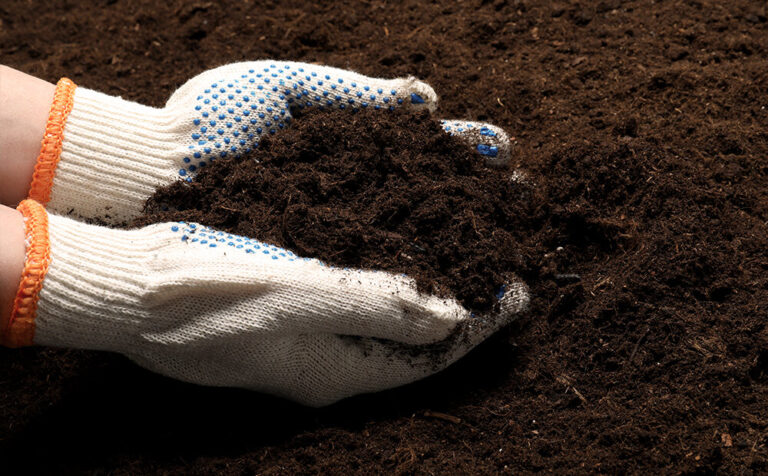Composting is an important part of sustainable and eco-friendly living. Not only does it help reduce the amount of waste that ends up in landfills, but compost can also be used as a valuable fertilizer for gardens and crops.
With the right knowledge and proper maintenance, anyone can successfully manage their compost bin. This article will explore the science behind composting and provide essential tips to ensure the effective management of your compost bin.
Understanding the Science Behind Composting

Composting is an incredibly effective way to reduce waste, generate nutrient-rich soil for gardens and plants, and help the environment. However, many people don’t understand the science behind it.
To effectively manage compost bins, one must first understand how organic material decomposes to create usable compost. This involves understanding what types of materials can be put into a compost bin as well as learning about the microbial organisms that break down organic matter and release essential nutrients into the soil.
Knowing this information will enable anyone to make sure their compost bin is working correctly and efficiently so they can reap all its benefits!
Choosing the Right Compost Bin
When it comes to choosing the right compost bin, there are several factors to consider. Size is important: too small and it may not be able to handle a large amount of material; too big and it can become difficult to manage.
Materials should also be taken into consideration – plastic bins are typically more affordable but may not last as long as those made from metal or wood. Additionally, some types of compost bins come with features such as locks, lids, and hinged doors which make them easier to use in different conditions.
It’s also worth considering if you’re looking for convenience – some compost bins offer automated systems that can help with turning the pile regularly or aerating the soil. Finally, you need to think about where you will place your compost bin – outside in an area protected from rain or inside somewhere warm like a garage.
The right choice depends on your individual needs so take time researching before making a purchase!
Preparing and Maintaining a Healthy Compost Pile

Preparing and maintaining a healthy compost pile is essential for effective compost bin management. To get the most out of your composting process, you must ensure that the temperature, aeration, moisture levels, and pH balance are all in check.
It’s important to start with a well-balanced blend of materials such as grass clippings, leaves, food waste, and manure when creating your pile so that it can break down efficiently. Turning the material regularly will help maintain optimal aeration levels while ensuring adequate moisture content.
This helps to keep temperatures consistent which is key for efficient decomposition of organic matter into rich soil amendment. Adding lime or other alkaline ingredients may also be necessary depending on what kind of material you use to achieve an ideal pH level within the compost pile. Lastly, it’s important to make sure there are enough microorganisms present in your mixture; this ensures that breakdown happens quickly and efficiently over time!
Conclusion

Composting is a great way to reduce waste and create nutrient-rich soil for your garden. By following the essential tips for effective compost bin management, you can ensure that your compost bin doesn’t stink, stay hygienic, and produce healthy compost for your garden. With proper maintenance of the bins and careful selection of materials to add to them, you will have succeeded in creating a clean, odorless environment where beneficial microorganisms can thrive.

